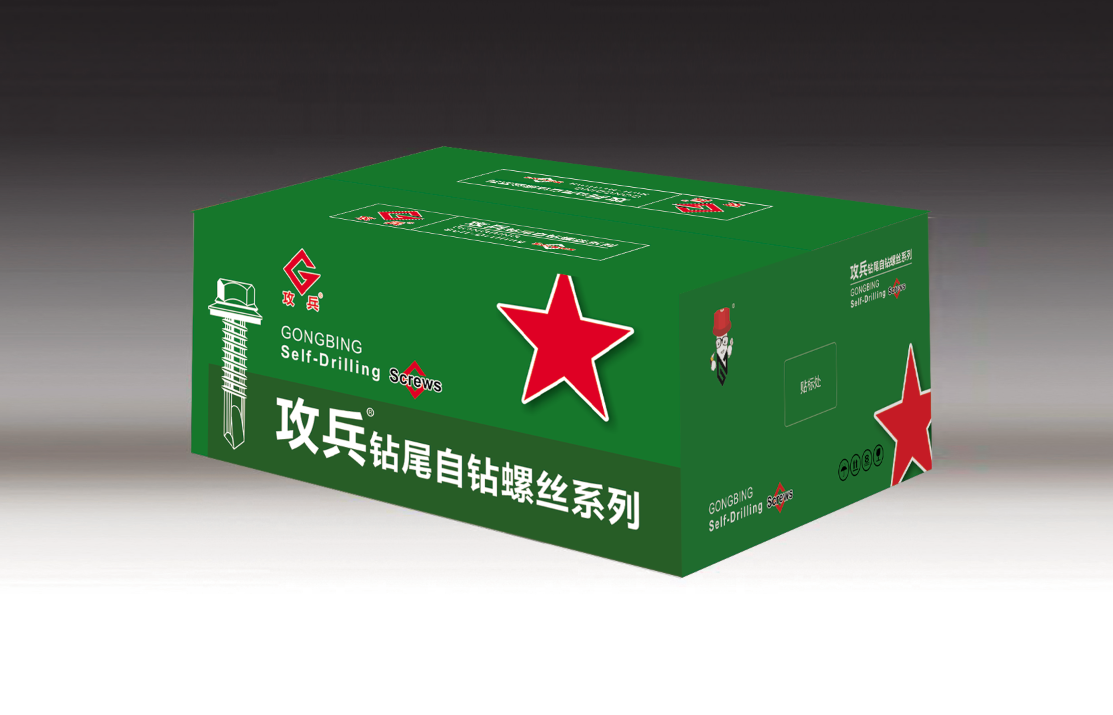epdm roofing screws
Understanding EPDM Roofing Screws
EPDM (Ethylene Propylene Diene Monomer) roofing systems have gained popularity in commercial and residential applications for their durability, weather resistance, and ease of installation. However, the longevity and performance of an EPDM roofing system are heavily reliant on the quality of materials used, particularly the roofing screws that secure the membrane in place. This article delves into the significance of EPDM roofing screws, their types, and installation tips to ensure a reliable roofing system.
What Are EPDM Roofing Screws?
EPDM roofing screws are specialized fasteners designed for use with EPDM roofing membranes. They come in various sizes and types, typically made from steel that has been coated with a weather-resistant finish to prevent rust and corrosion. These screws play a crucial role in holding the roofing membrane securely to the substrate, which can be made of plywood, concrete, steel, or other materials.
Types of EPDM Roofing Screws
1. Self-Drilling Screws These screws are designed with a pointed tip that allows them to penetrate the roofing substrate without requiring a pre-drilled hole. They provide a fast and efficient installation, especially on metal decks.
2. Washered Screws These screws come with a rubber washer that creates a watertight seal. The washer helps to prevent water ingress around the screw hole, a critical feature for maintaining the integrity of the roofing system.
3. Grip-Stitch Screws Used for securing the seams of the EPDM membrane, these screws offer a unique design that helps to hold the membrane tight while providing sufficient flexibility to accommodate thermal expansion and contraction.
4. Insulation Screws For roofs that have a layer of insulation, these screws are longer and designed to penetrate through the insulation and secure the EPDM membrane to the underlying substrate.
epdm roofing screws

Installation Tips
Proper installation of EPDM roofing screws is essential to ensure that the roofing system performs effectively. Here are some key tips for successful installation
- Follow Manufacturer’s Guidelines Always refer to the EPDM manufacturer's recommendations regarding screw spacing, type, and size. Adhering to these guidelines can prevent issues down the line. - Spacing Maintain consistent spacing between screws to distribute the load evenly and avoid stress points that could lead to leaks or damage.
- Do Not Over-Tighten Over-tightening screws can compress the washer too much, potentially damaging the EPDM membrane and compromising its watertight seal. Tighten just enough to create a snug fit.
- Check for Seal After installation, visually inspect each screw for proper sealing. Ensure that the rubber washers are intact and not deformed, which can indicate over-tightening.
- Regular Maintenance Periodically inspect the roofing system, especially after severe weather events, to ensure that screws remain tight and intact. Replace any damaged screws or washers promptly.
Conclusion
EPDM roofing screws are an integral component of a durable and effective roofing system. By understanding their types, proper installation, and maintenance, property owners can enhance the longevity and performance of their EPDM roofs. Whether you are a contractor or a homeowner, paying attention to the details of screw selection and installation will ensure a trouble-free roofing experience.
-
Wedge Anchor Bolts: Secure Fastening Solutionsవార్తలుAug.05,2025
-
Insulation Fixings: Secure and Durable Solutionsవార్తలుAug.05,2025
-
Full Threaded Studs: Versatile Fastening Solutionsవార్తలుAug.05,2025
-
Expanding Fasteners: Secure and Reliable Solutionsవార్తలుAug.05,2025
-
Butterfly Toggle Anchors: Secure and Easy to Useవార్తలుAug.05,2025
-
Bracing Solutions for Steel Structuresవార్తలుAug.05,2025
